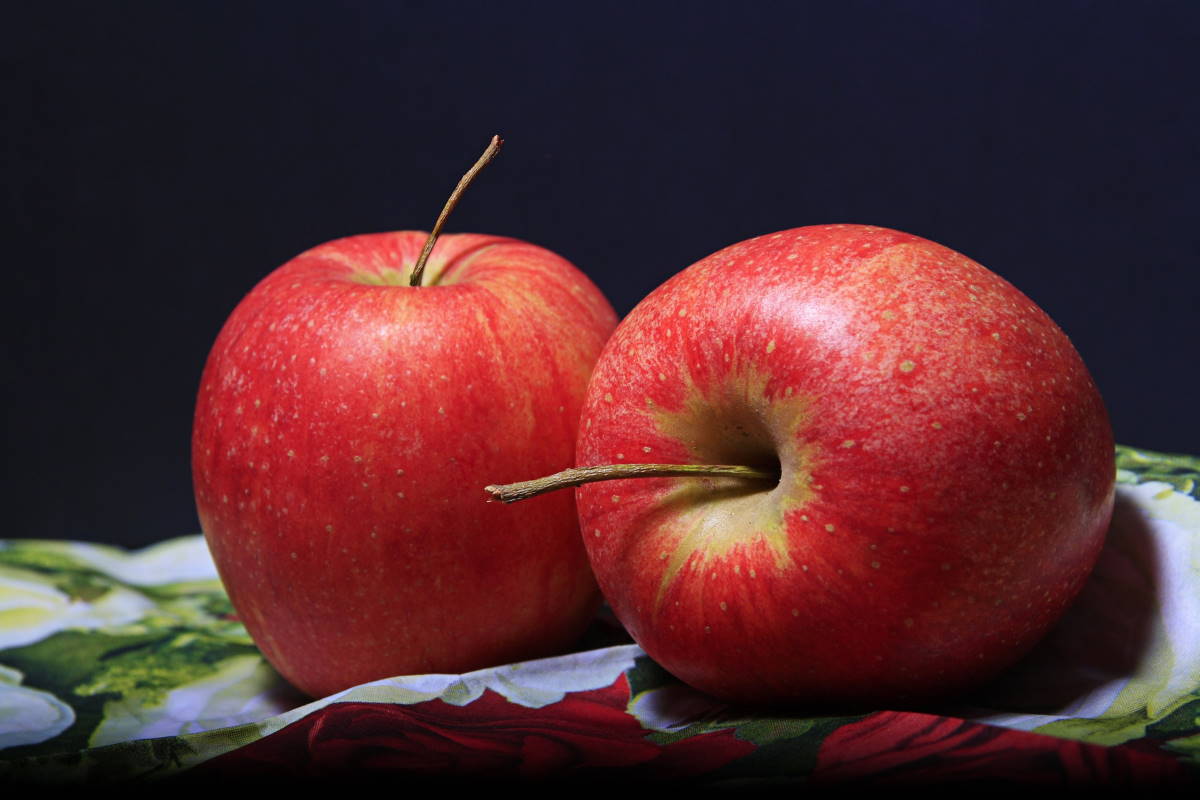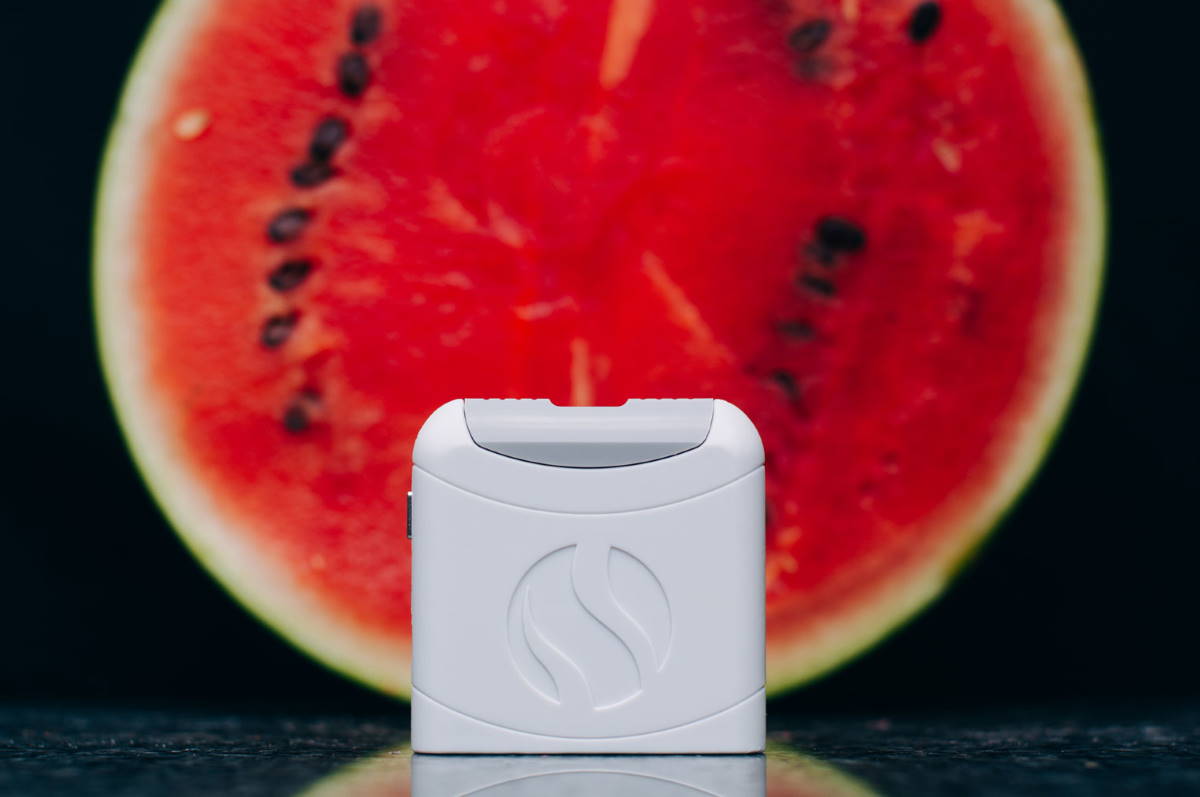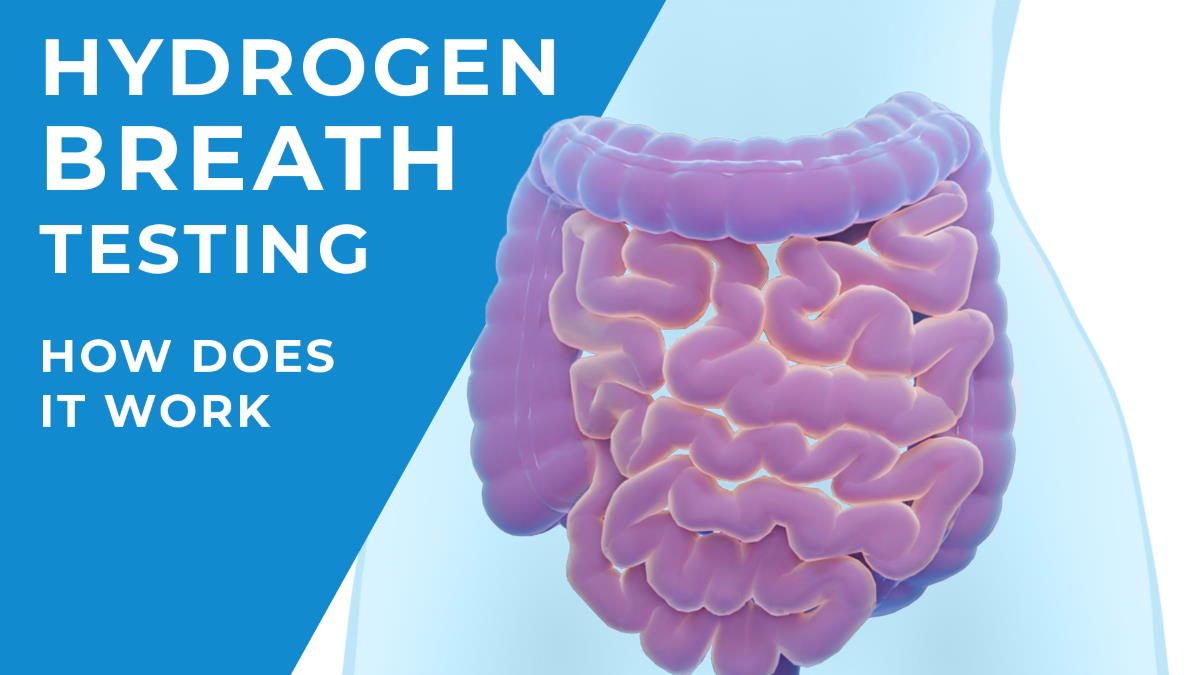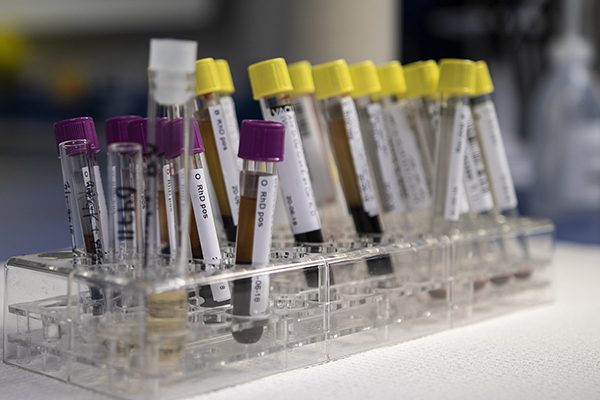What are sorbitol and mannitol?
Sorbitol and mannitol are types of sugar alcohols, also known as polyols. They are naturally found in a range of fruit and vegetables, and can also be added to diet versions of food and drinks.
Examples of vegetables containing sorbitol
- Aubergine – 75g is low FODMAP
- Green beans – 75g is low FODMAP
- Bok choy – 75g is low FODMAP
- Sweet corn – 75g is high FODMAP
Examples of vegetables containing mannitol
- Butternut squash – 75g contains moderate FODMAPs
- Cauliflower – 75g is high FODMAP
- Celeriac – 75g is low FODMAP
- Celery – 75g is high FODMAP
- Fennel, bulb – 75g contains moderate FODMAPs
- Leek, leaves – 75g contains moderate FODMAPs
- Button mushrooms – 75g is high FODMAP
- Snow peas – 75g is high FODMAP
Examples of fruits containing sorbitol
- Apple (fresh) – 160g (one apple) is high FODMAP
- Apricot – 70g (two apricots) is high FODMAP
- Avocado – 80g (half an avocado) is high FODMAP
- Blackberries – 160g is high FODMAP
- Coconut – 95g contains moderate FODMAPs
- Nectarine – 150g is high FODMAP
- Peach (contains both sorbitol and mannitol) – 145g is high FODMAP
- Plum – 65g is high FODMAP
Examples of fruits containing mannitol
- Peach (contains both sorbitol and mannitol) – 145g is high FODMAP
- Watermelon (mannitol) – 150g is high FODMAP
Other sources
Sorbitol and mannitol are commonly used as artificial sweeteners because they have fewer calories than regular sugar and they don’t taste as sweet. They are often added to diabetic food products, chewing gum and low calorie soft drinks.
How are they digested?
Polyols (sorbitol and mannitol) are poorly digested by many people. These sugars are partly absorbed into the blood by passive diffusion in the small intestine. A person’s transit time (how long food stays in the digestive tract) and the molecular size of the sugar will influence how much is absorbed.
Due to their very small size, these sugars have an ability to draw water into the small intestine (this also can happen with undigested fructose and lactose), resulting in watery diarrhea. After that, undigested sorbitol or mannitol will finally reach the large intestine, where the gut microbes will start to break them down into gases (like hydrogen) and other beneficial fermentation products (like Short Chain Fatty Acids – SCFAs).
What are the common symptoms associated with poor digestion of polyols?
Even small doses of sugar alcohols can result in osmotic diarrhea, bloating and increased flatulence, in particular in people with IBS. It is important to identify your unique tolerance, as this can vary considerably from person to person.
Can I test this myself?
Hydrogen breath testing with your FoodMarble AIRE is a quick, non-invasive way to assess your tolerance to these sugar alcohols. You can purchase sachets of FODMAPs from our website (sorbitol, lactose, fructose and inulin) to consume during the test. The FoodMarble app takes you through the whole test which lasts approximately three hours.
The sorbitol sachet contains 10g of the sugar, which you mix with water and drink. Then you measure your breath hydrogen levels every 15 minutes for the next three hours.
It is also important to assess your level of symptoms during and especially after the testing period. In many cases, an increase in breath hydrogen may occur before you experience symptoms. This is because it can take some time for the gases to build up. In some cases, you might not see an increase in breath hydrogen but do experience watery diarrhea, due to the osmotic ability of sugar alcohols.
I’ve written a detailed blog outlining the Sorbitol Challenge, which will give you more information before starting the Challenge.
If you have completed a sorbitol breath test and experienced symptoms, we recommend you repeat the test (when you have no symptoms) using a much lower dose, around 3.5g or 5g. You could also try a Custom Challenge using a portion of food containing either sorbitol or mannitol. Finding your tolerance level is key to maintaining a balanced and healthy diet.
Check out our other blogs about different FODMAPs:
Header image by Pixabay
FoodMarble AIRE is the world’s first personal hydrogen breath tester. It is a pocket-sized breath analysis device. It helps people with chronic digestive issues determine the foods that work best with their digestive system. To learn more about FoodMarble, visit foodmarble.com or follow us on








